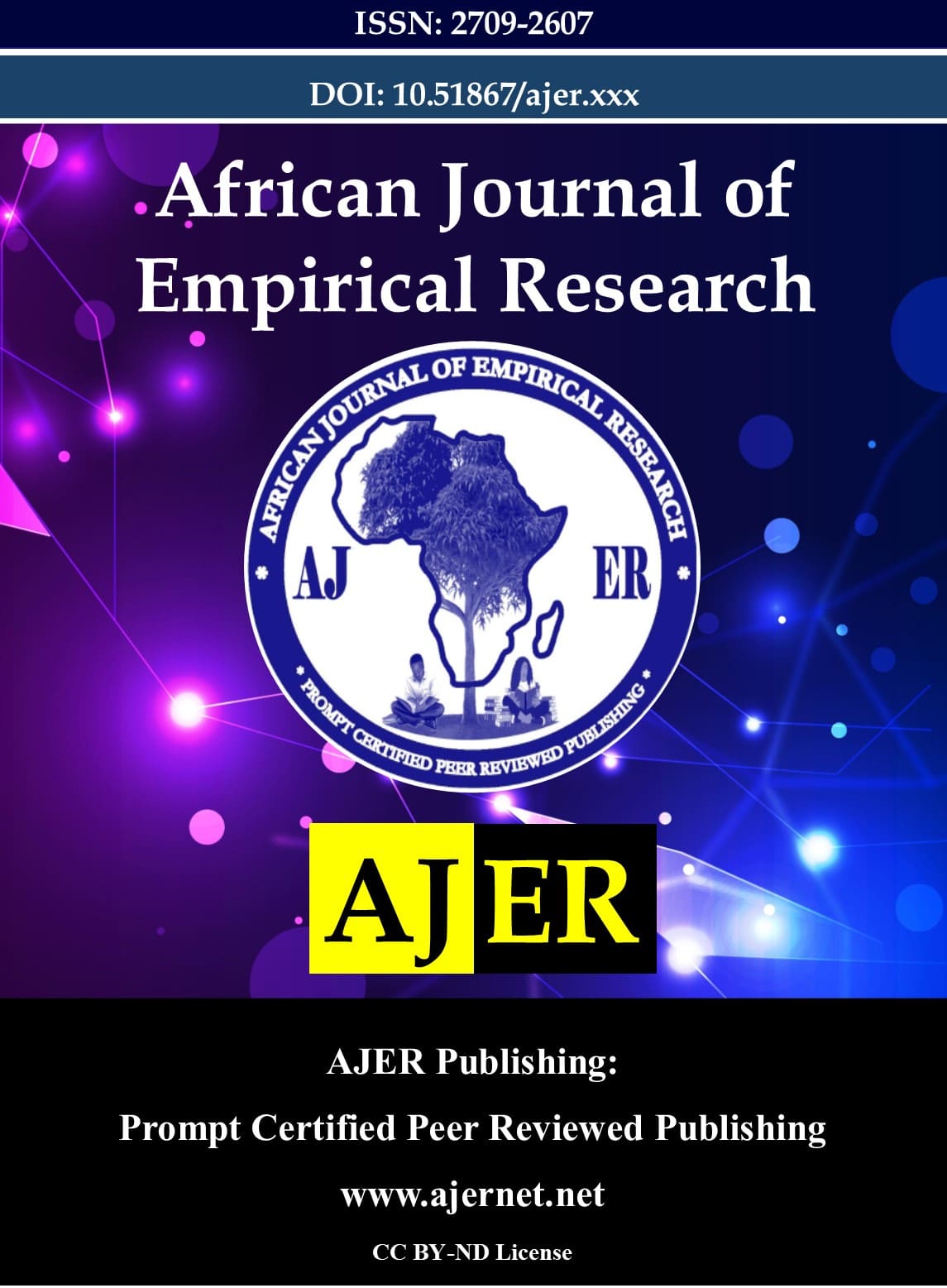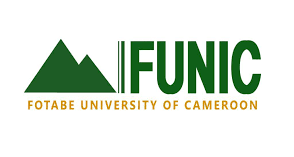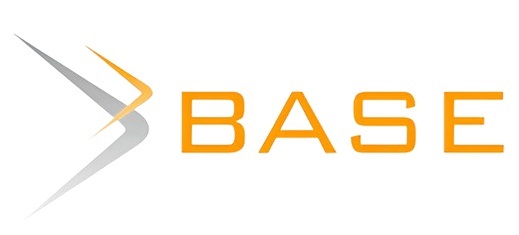Analysis of growth constraints for small and medium enterprises in Rwanda’s emerging economy: A case of Musanze District
Keywords:
Constraints, Emerging Economy, Growth, Musanze District, Rwanda, Small and Medium EnterprisesAbstract
Small and Medium Enterprises (SMEs) are the foundation of economic development since they create jobs and significantly boost the economy. However, many of them face significant obstacles in the development processes worldwide. This study analyzed the key constraints hindering the growth of SMEs in Musanze District within the context of Rwanda’s emerging economy. This study was grounded on Resource-Based View (RBV) Theory developed by Birger Wernerfelt in 1984, which posits that the performance or growth of any company, organization, or firm largely depends on its effective use of resources. The study used a descriptive survey, and the sample size was 91 respondents selected randomly from SMEs operating in Musanze District.Data were collected using a questionnaire and were analyzed using SPSS software, and descriptive statistics was the tool used. The data were analyzed and interpreted in order to make a conclusion and answer the research questions. The findings reveal that many SMEs lack sufficient collateral to secure a bank loan, as indicated by the mean value of 4.18. Secondly, SME operators mentioned that there are high interest rates in banks. This scored the mean value of 4.26, while they also face regulatory challenges significantly affecting business operations, as indicated by the mean value of 3.89. Moreover, inadequate infrastructure was also highlighted, as indicated by the mean value of 3.75. Additionally, the respondents claimed that there is a lack of training in business management. This scored the mean value 4.10, while high taxes scored the mean value 3.84. Concerning the effect of SME constraints on their growth in Musanze District, respondents claimed that there is limited business growth due to lack of capital, as indicated by the mean value of 3.94, and that many SMEs fail to attract and retain customers due to recurring challenges. This scored the mean value of 4.55. Due to several constraints, many SMEs in Musanze District face high transaction costs due to various constraints and are unable to overcome competition, and this scored the mean value of 4.55. Even though the government of Rwanda has managed to address some of SMEs' growth constraints through targeted financial support, capacity-building programs, infrastructure investment, and policy reforms, several constraints persist among SMEs in Musanze to fully realize their growth potential and contribute more significantly to the district’s and the nation’s socio-economic transformation. Based on the findings, recommendations were formulated for the government of Rwanda to enhance access to finance and establish SME-friendly financial products by collaborating with banks and microfinance institutions to design loan packages with lower interest rates, flexible collateral requirements, and longer repayment periods.
Published
How to Cite
Issue
Section
Copyright (c) 2025 Marie Clarisse Niyonambaza, Emmanuel Ntegamaherezo

This work is licensed under a Creative Commons Attribution-NonCommercial 4.0 International License.
Most read articles by the same author(s)
- Jean Damascene Bavugamenshi, Dr. Emmanuel Ntegamaherezo, Effect of tax incentives on economic growth: A case of Rwanda revenue authority in Nyarugenge District, Rwanda , African Journal of Empirical Research: Vol. 6 No. 4 (2025): Oct-Dec 2025
- Clossine Hakizimana, Dr. Emmanuel Ntegamaherezo, Assessing the effectiveness of value-added taxation reforms on small and medium enterprises performance in Rwanda: A case study RRA in Nyarugenge District , African Journal of Empirical Research: Vol. 6 No. 3 (2025): Jul-Sep 2025
- Berthilde Tuyishimire, Dr. Emmanuel Ntegamaherezo, Effect of tax procedures on compliance of taxpayers in Rwanda: A case of Rwanda Revenue Authority , African Journal of Empirical Research: Vol. 6 No. 3 (2025): Jul-Sep 2025























